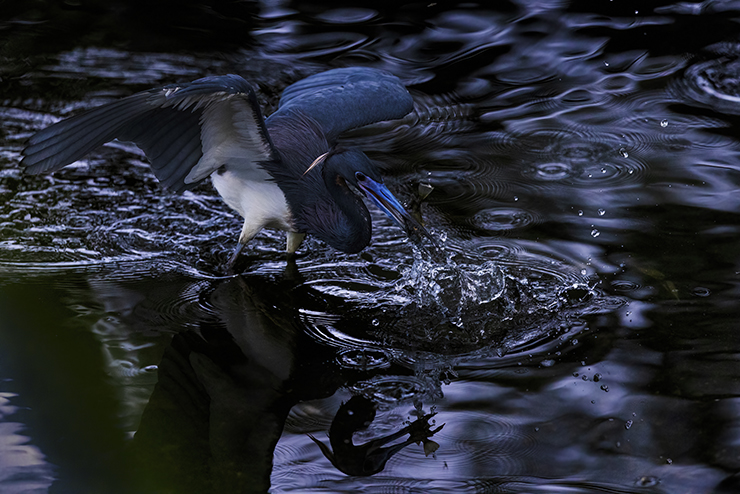
Bearing witness to the cyclical fluctuations of the seasons is a boon to the psyche on a level that tends to go unnoticed and unannounced. We typically celebrate sightings and not a change in air temperature or moisture content. Here in the tropics, our seasons do not exhibit such extreme variations as higher latitudes (in either direction) do. There are no sudden swings in temperature of 20 or 30 degrees – but there are subtleties to be appreciated by the keen observer.
The shift in season is mirrored by the animals, some migrate, others sprout antlers, others prepare for hibernation. In Tobago’s wetlands and forests we see the seasons changing in the faces of the birds. The first step in preparing for the breeding season is getting ready for courtship. Our trees do not turn from green to orange as in temperate regions, but the onset of courtship plumage gives rise to an equally extravagant burst of colour – albeit on a much more minute scale!
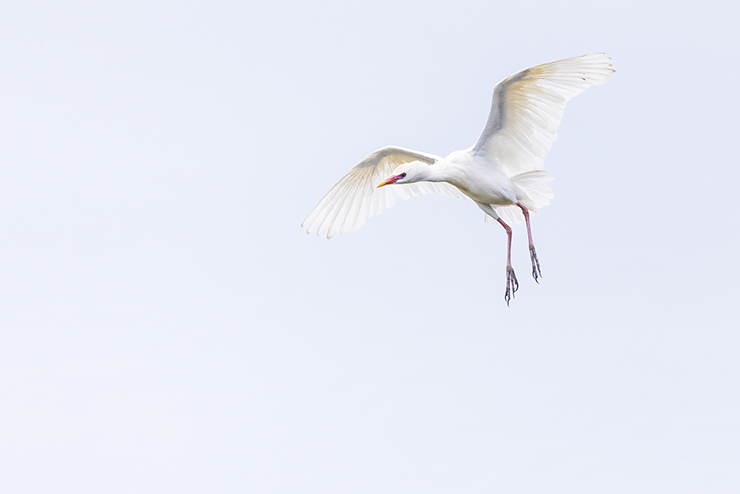
The often overlooked Cattle Egret has legs that turn bright pink during this brief courtship period. Its normally straw-coloured bill flushes a gradient that ranges from yellow through pink into purple. Even its eyes change colour!

The lores and other bare parts of the Tricoloured Heron turn a bright blue. White plumes sprout from the back of its head, adding to its irresistibility.
Even species that do not undergo visible changes (to us, at least) begin to behave differently. The courtship dance is a sacred one, and it is taken very seriously by all concerned. Gifts are presented, heads are bowed, and tails are cocked. Are we ready to welcome the next season?






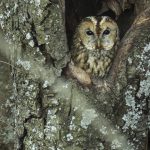
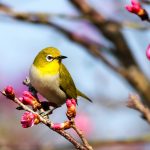
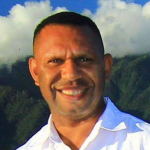

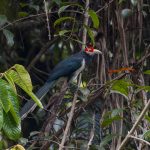
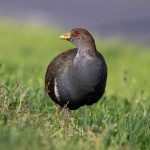
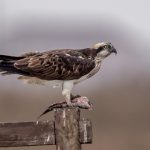
Leave a Comment